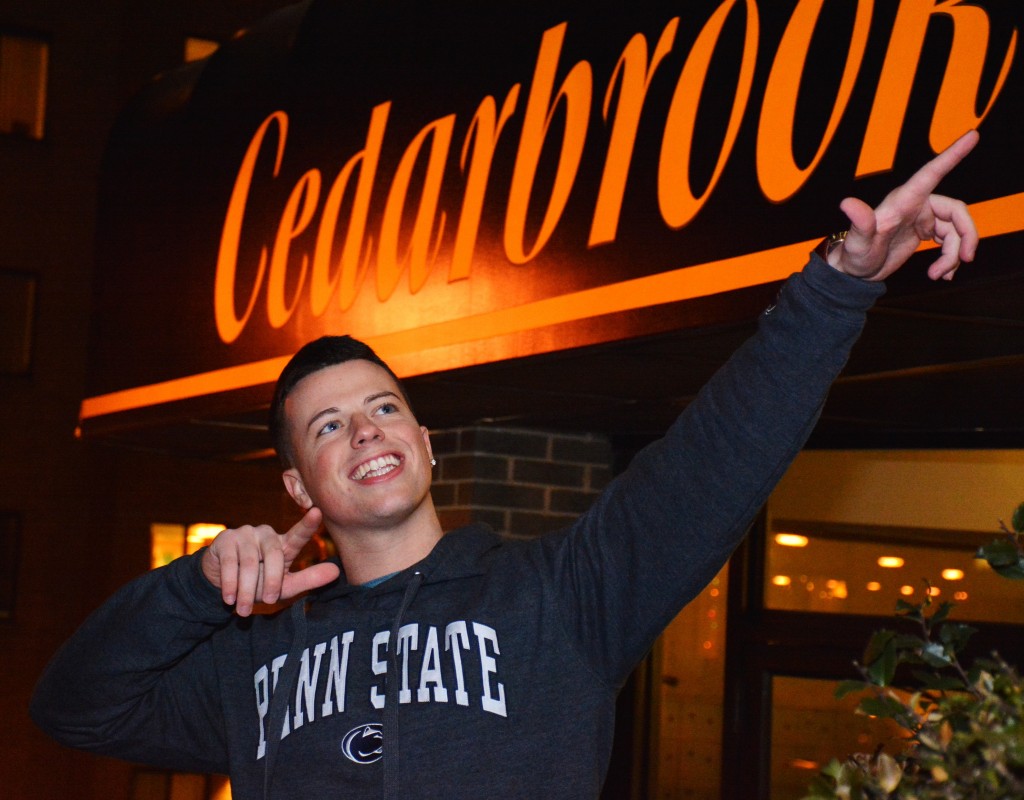Back in 2015, “Fifty Shades of Grey” hit theaters and, like it or not, changed the cinematic landscape forever. With a Valentine’s Day release, the film drew in young couples and middle-aged mothers alike, marking the beginning of a new era for female sexuality on screen.
The movie shocked viewers and received scathing reviews, yet its cultural impact was undeniable. It was a smashing box office success, raking in over $570 million while in theaters. For once, female sexuality took center stage in a mainstream blockbuster film, meaning Hollywood might be ready to tell stories about women’s experiences.

One-Dimensional Female Characters
Box office films are often built around male-centric ideas – just watch any Michael Bay movie ever. Male directors have dominated Hollywood since its inception. In the 1950s, Marilyn Monroe was heavily sexualized by the industry and typecasted as a “dumb blonde.” Her sensuality was the only thing Hollywood valued in her, despite her intelligence and talents.
By the 2000s, women were appearing more frequently in films directed by men, but almost always as one-dimensional characters. If a female character had any substance at all, it was, at best, a love interest with a few throwaway lines.
Megan Fox in “Transformers” was thrown on screen as pure eye candy, reduced to nothing more than an alluring look and a suggestive pose to help the male hero shine. Her character was built from the ground up as an object of desire. Fox herself says that she is most proud of starring in the cult classic “Jennifer’s Body.” The 2009 film not only highlights female sexuality and outrage, but also allows Fox’s undeniable talent to shine.

The Female Gaze
Then came the 2020s, and a new wave washed over feminist culture. On social media, a term called the “female gaze” emerged. The female gaze is described as a storytelling lens that considers women as complete humans with desires and complex lives.
There is a difference between being looked at and being seen. The female gaze approach seems to be inspiring new narratives in Hollywood – ones that give women back their right to be active participants in romance and intimacy.
For men, exploring sexual preferences is an expectation, even an accomplishment. Women, on the other hand, have always been held to a different standard, pressured to keep their desires secret. The double standard makes recent shows like Bridgerton so refreshing.
In the Netflix series, we see scenes filled with real build-up and emotional weight, focusing on mutual pleasure, and here’s the kicker – consent. “Bridgerton” shows that women want to be sexualized sometimes, but only after they give permission. Intimacy isn’t just about sex; it’s about respect and freedom to fully explore desires without shame.

The Secret Key to a Woman’s Heart
For the romantics reading this: take note. If you want to impress your partner, communicate your feelings and ask for consent. In this new age of the female gaze, romance is about respect and emotional connection. Deliver an overly long romantic speech and then ask for consent before becoming intimate. It’s guaranteed to make any girl swoon.
What’s your favorite female gaze movie moment? Let us know on our Instagram @VALLEYmag!























2 Comments